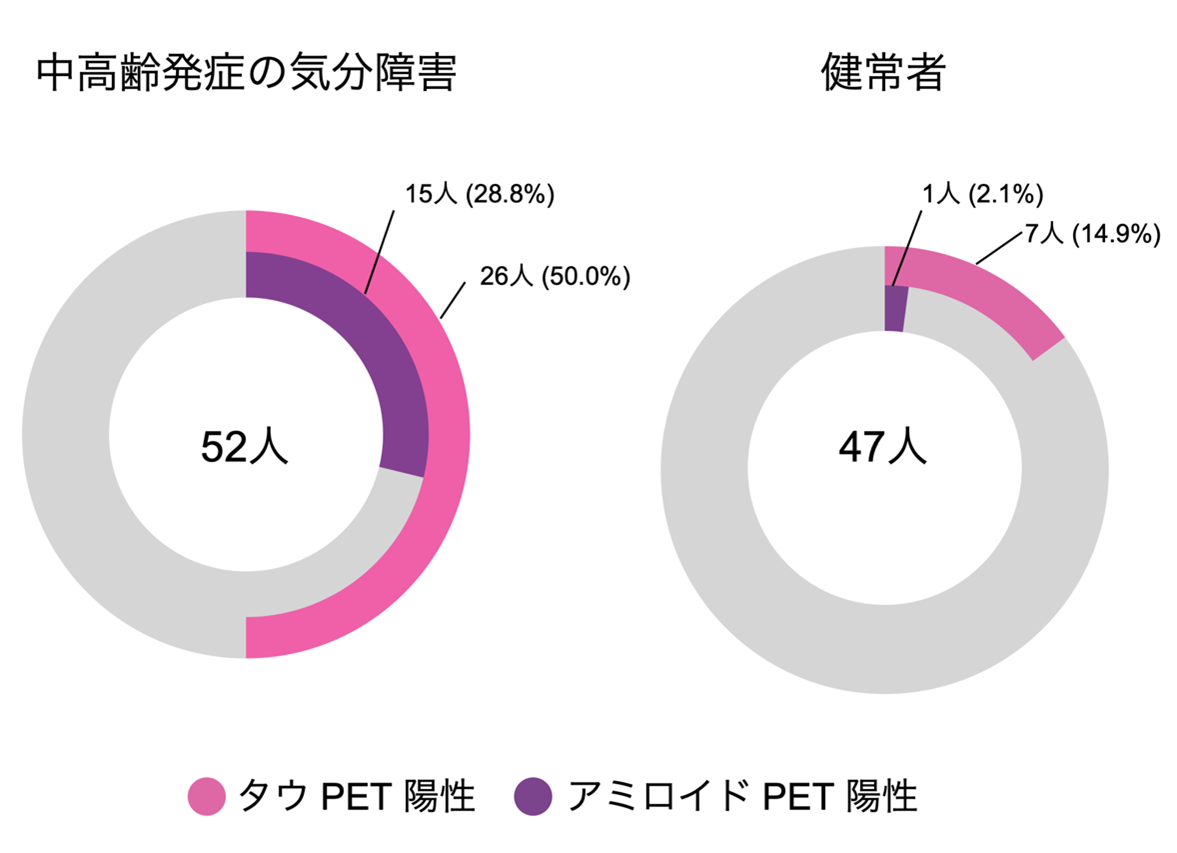2025-06-10 東京大学国際高等研究所ニューロインテリジェンス国際研究機構

<関連情報>
- https://ircn.jp/pressrelease/20250610_takamitsu_watanabe
- https://www.nature.com/articles/s41593-025-01961-y
非侵襲的な神経硬直の軽減がヒトの自閉症行動を変化させる Noninvasive reduction of neural rigidity alters autistic behaviors in humans
Takamitsu Watanabe & Hidenori Yamasue
Nature Neuroscience Published:06 June 2025
DOI:https://doi.org/10.1038/s41593-025-01961-y
Abstract
Autistic behaviors correlate with reductions in specific brain-state transitions in global neural dynamics, implying that the mitigation of such rigid brain dynamics may alter autistic traits. To examine this possibility, we investigated longitudinal behavioral effects of state-dependent transcranial magnetic stimulation (TMS) in autistic adults. We found that excitatory TMS over the right parietal lobule decreased neural rigidity, which commensurately reduced social and nonsocial autistic behaviors. Specifically, TMS-induced neural flexibility immediately decreased cognitive inflexibility and slowly reduced overstable perception and atypical nonverbal communication. In particular, perceptual overstability was reduced after TMS-induced neural flexibility strengthened the coupling between the frontoparietal and visual networks, whereas atypical nonverbal communication became less explicit when the neural flexibility enhanced the coupling between the frontoparietal, default mode and salience networks. These results indicate that alteration of neural rigidity could change multiple autistic traits.


